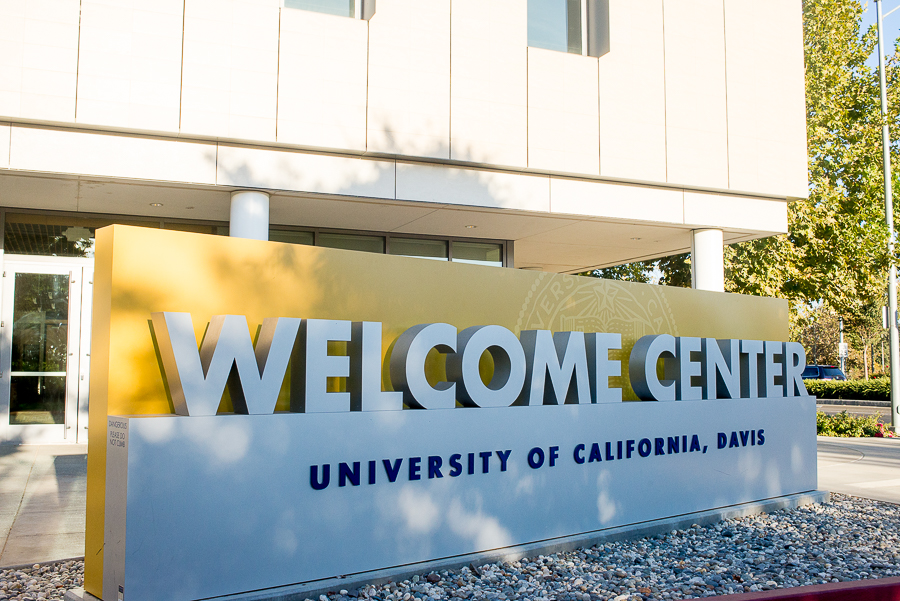
Numbers show Davis is a model for equitable enrollment practices
A fresh school year has brought a new wave of discussion on the University of California’s enrollment figures. This year’s class is the most diverse in UC history. But it’s time for me to be the bad guy and bring the conversation back to a hot button issue of recent years: the controversy surrounding increasing nonresident enrollment. It’s important to avoid demonizing nonresidents in this discussion. Recognizing universities which have the best system for both residents and nonresidents is imperative.
Let’s look at some data from my home state of Arizona and compare its public university system to California’s. California has 32 public universities available to undergraduates and Arizona has three. For every 1.2 million California residents there is a public university, whereas in Arizona the number bends upwards to one public university for every 2 million residents.
Based on these numbers, it appears as if Californians have less of a “squeeze” for public university placement than Arizona does.
But there’s a caveat with these statistics — they don’t account for differences in the demand for public education, and therefore the numbers don’t tell the whole story. To account for this, we must examine general enrollment trends for Californians in concert with statewide population statistics for college age individuals.
There was a 16 percent increase in the number of Californians aged 20 to 24 from 2000 to 2010. Over the same time period, there was a 21 percent increase in enrollment of Californians at UC Davis; there was actually a greater number of Californians enrolled at Davis than statewide demographic trends would indicate.
Let’s examine more recent years. From 2010 to 2014, there was an estimated four percent increase in the number of Californians aged 20 to 24. During the same time period UC Davis saw a five percent increase in Californian enrollment. UC Davis has not been shorting Californians at all; on the contrary, Davis has been a model for equitable enrollment practices.
The UC system as a whole experienced more pronounced enrollment figures for Californians compared to the statewide 20 to 24 age-range statistics from 2000 to 2010. During these years the UC system saw a 27 percent increase in Californian enrollment as a whole. But enrollment fell flat between 2010 and 2014. During that time period, enrollment figures for California residents at UCs overall remained stagnant, despite the four percent increase in Californians aged 20- to 24 in the same window.
The only campuses which saw a comparable increase in Californian enrollment from 2010 to 2014 were Davis and Merced. Berkeley and San Diego saw a substantial decrease in Californian enrollment, while the rest remained more or less stagnant.
Criticism may be warranted, but it should be focused in the right direction. The blame for stagnating enrollment should not be cast on nonresidents. Instead, certain schools should be charged with failing to work hard enough to ensure enrollment figures reflect demographic changes.
Nonresident enrollment has increased substantially in the UC system. This in and of itself should not be a problem: more nonresidents enable diversity of thought and enrich college campuses with cultural awareness somewhat akin to studying abroad. (In a perfect world this practice would exist because of its potential social benefits and not for monetary reasons, but that’s a whole different ballgame.)
The million-dollar question is whether nonresident student growth spells doom for California residents. The answer is nuanced. Data from California reveals a gap between general population trends and enrollment for residents. However, some schools like Davis can move the numbers higher in both camps at the expense of none.
This is the ideal paradigm. Understanding what works at the university level is paramount to fixing any perceived injustice in enrollment. As for the student perspective, I implore the following: consider the experiences of nonresidents before jumping on the anti-nonresident bandwagon.
Ask whether you would feel comfortable facing ever-increasing backlash against your origin. Reflect on the power of acceptance and the impacts of diversity. Nonresidents are people too.
Written by: Nick Irvin — ntirvin@ucdavis.edu


